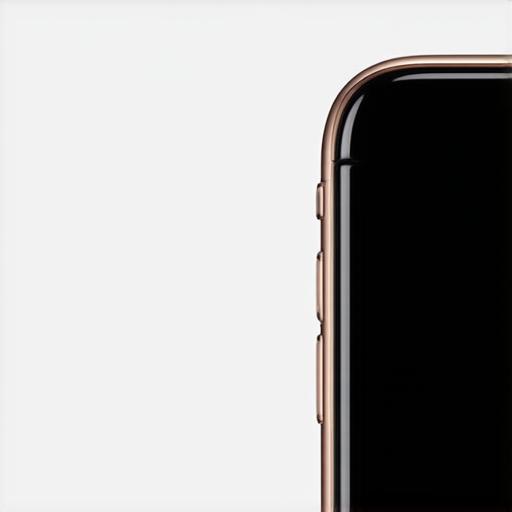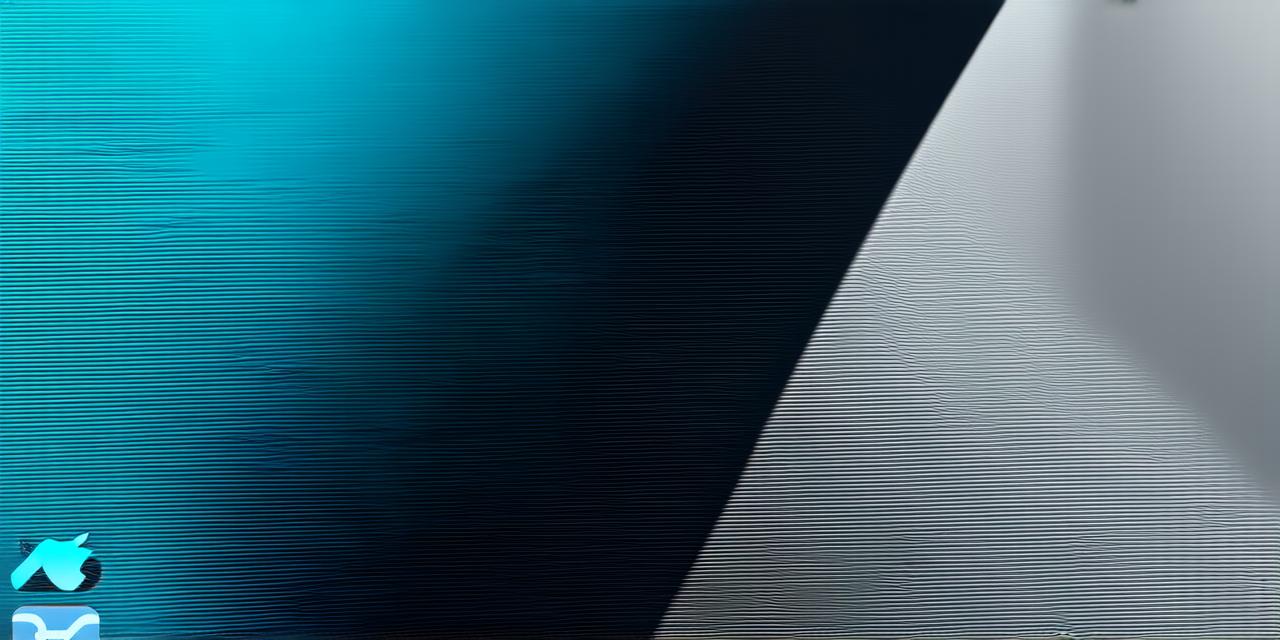As an iOS developer, you know that images are an essential part of any app’s design. Whether it’s a photo of your product or a graphic that highlights a key feature, images can greatly enhance the user experience and increase engagement. However, modifying images in iOS can be a daunting task, especially if you’re new to the platform. In this comprehensive guide, we’ll take you through the ins and outs of image modification in iOS 18, including tips and tricks for creating stunning visuals that will capture your users’ attention.
Getting Started with Image Modification in iOS
Before diving into the specifics of image modification, it’s important to understand the basics. Here are some key terms you should be familiar with:
<strong>UIImage</strong><br>The primary class used to represent images in UIKit.<strong>CGImage</strong><br>A Core Graphics representation of an image that can be manipulated using Core Graphics functions.<strong>Core Image</strong><br>A framework that provides advanced image processing capabilities, including filters, effects, and compositing.<strong>Image View</strong><br>A UIView subclass used to display images in your app's interface.
Once you have a basic understanding of these terms, you can start exploring the various tools and APIs available for image modification in iOS.
UIImage vs CGImage: Which One to Use?
Both UIImage and CGImage are used to represent images in iOS, but they serve different purposes. Here’s a quick overview of each:
<strong>UIImage</strong><br>UIImage is the primary class used to represent images in UIKit. It provides a convenient way to load, manipulate, and display images in your app's interface. UIImage can be loaded from files, data, or network requests, and it supports various image formats, including PNG, JPEG, and TIFF.<strong>CGImage</strong><br>CGImage is a Core Graphics representation of an image that can be manipulated using Core Graphics functions. It provides more control over the image's appearance and allows for advanced image processing capabilities. CGImage is typically used in conjunction with other Core Graphics classes, such as CIImage and CIFilter, to apply filters, effects, and compositing operations to an image.

When deciding which one to use, you should consider the specific needs of your app. If you need a simple way to load and display images in your interface, UIImage is likely the better choice. However, if you require more advanced image processing capabilities or want to integrate with other Core Graphics features, CGImage may be a better fit.
How to Load Images into Your App
Before you can modify an image, you need to load it into your app. There are several ways to do this in iOS 18:
<strong>Using File URLs:</strong><br>You can load images stored on the device's file system by creating a URL object using the file URL for the asset. Here's an example:
swift
